From the former medieval castle (built under Sigmund the Rich in Coin, who probably didn't carry his name without reason) a representative residential palace had grown.
Kaiserliche Hofburg Innsbruck
In the 16th century, the Hofburg transformed into a Renaissance palace, until Empress Maria Theresa had it rebuilt in the style of Viennese Rococo in the mid-18th century. After various facelifts, the Imperial Hofburg has preserved this style to this day.
In fact, the regent is said to have stayed here only twice – once for the wedding of her son Leopold II, the celebrations of which had already lasted for 14 days when the sudden death of Maria Theresa's husband, Franz Stephan of Lorraine, abruptly ended the festivities. His death chamber was converted into a chapel by order of the empress. The famous Triumphal Arch at the end of Maria-Theresien-Straße commemorates the wedding and at the same time the passing of Franz Stephan of Lorraine – the south side celebrates the wedding couple, while the north side with mourning motifs recalls the end of the emperor.
Later, the Hofburg is said to have been adapted for the comfort of Empress Elisabeth ("Sisi"). She managed to stay in the palace a total of four times. After the end of the monarchy, the Imperial Hofburg was also affected by the abolition of the nobility. The magnificent property passed into the possession of the Republic of Austria, where it still remains today.
A noble melange of spaces
One could easily get lost in the approximately 400 rooms, which make up a total area of about 5,000 square meters. Fortunately, everything is extensively signposted here, so it is no problem for you to find the various staterooms. The magnificent ballroom, where the wedding banquet was once set up, and where the emperor was later laid out, is called the "Giant's Hall", but the name does not refer to the size, but to the former wall paintings, where scenes with giants could be admired. Today, portraits of Maria Theresa, Franz Stephan of Lorraine, and their numerous (16) children can be seen here. The adjoining Guard Room, a vestibule to the Giant's Hall, is adorned with monumental battle paintings from the time of the Turkish Wars.
Of course, the Imperial Apartments are also a must-see, providing a lively insight into the lives of the former rulers of Austria with the living room, dressing room, study, toilet room, and bedroom.
The aforementioned chapel was built in the style of the then-current Rococo and still serves at least once a year for the commemoration of the former emperor, by holding a memorial service dedicated to him. Because the Tyrolean freedom fighter Andreas Hofer once stayed in the Innsbruck Hofburg, another grand hall bears his name, and this is also accessible to visitors. The Gothic cellar also exudes its own palpable atmosphere of mystique and history with its ribbed vaulting.
Finally, the Empress Elisabeth Apartment exerts a great attraction on the guests in the palace – after all, the lady is known for her occasional eccentricities. Her will for expression is reflected in the elaborate fabrics and wallpapers, as well as in the subtle color tones.
The likewise representative green anteroom
What would a palace be without a palace garden? That's why there is a scenic gem following the complex, which covers a proud 10 hectares. This recreational area in the heart of the city enchants not only with its old tree stock, the pond, the music pavilion, and the outdoor chess area, but also with the palm house and its incredibly diverse collection of plants, consisting of approximately 1,700 different species.
The Imperial Hofburg, which together with the Viennese Hofburg and Schönbrunn Palace makes up the top three of the most significant cultural buildings in Austria, can be visited daily throughout the year – with the exception of a few closing days.
A tip for families: Sundays are dedicated to them, as families with 1 child or more, along with parents or grandparents, have free admission.
Recommended accommodations
Month
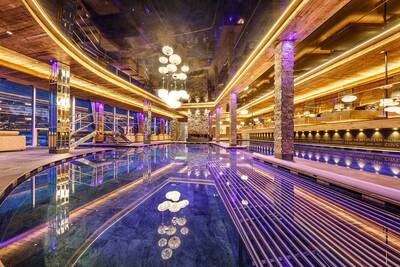
Vacation Offers
tips







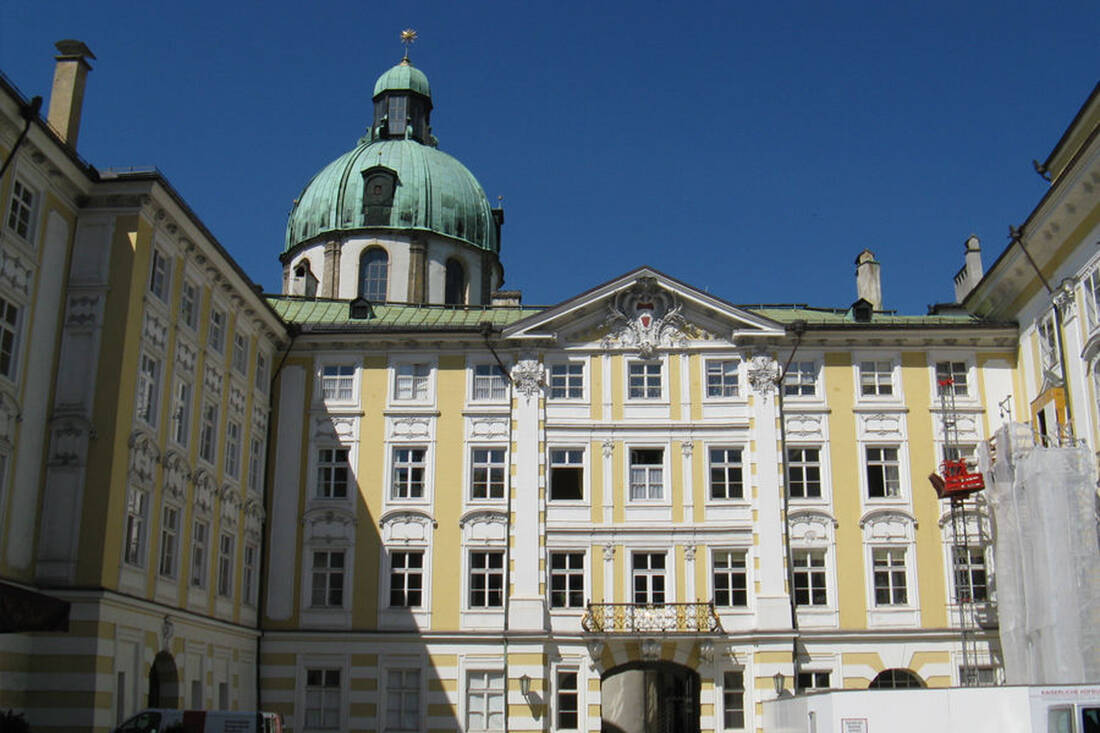
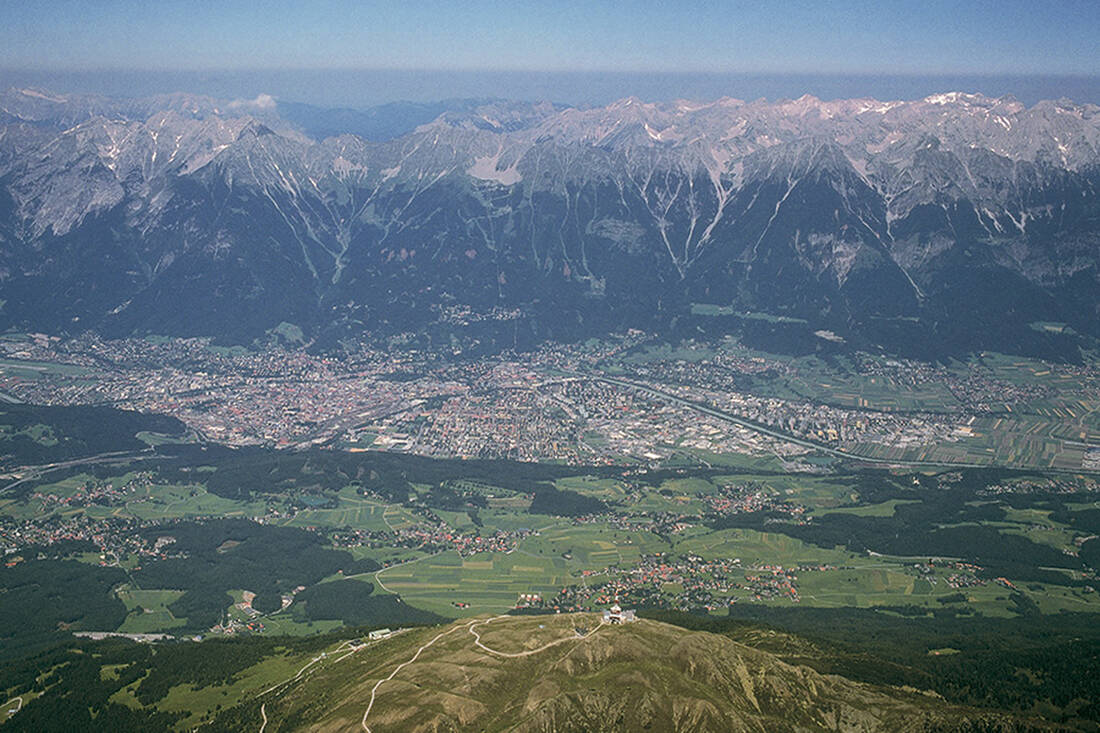
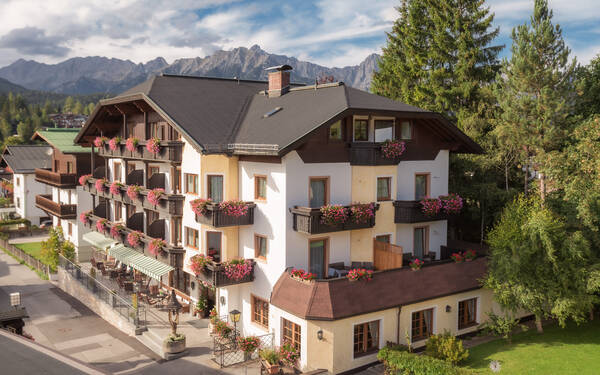





 notice
notice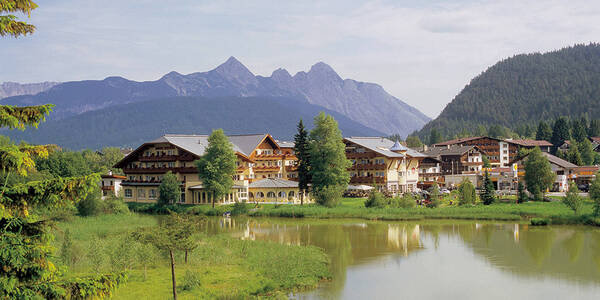

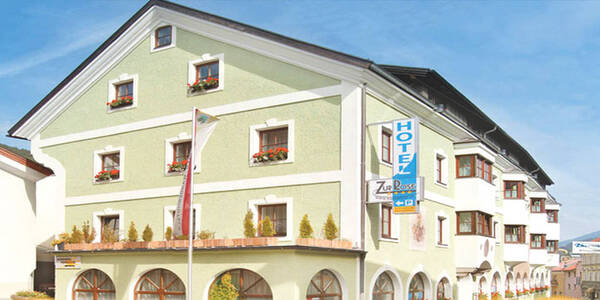
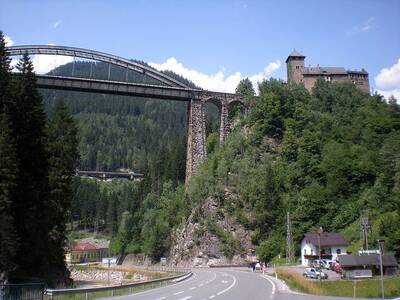
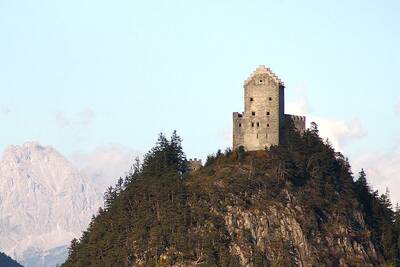
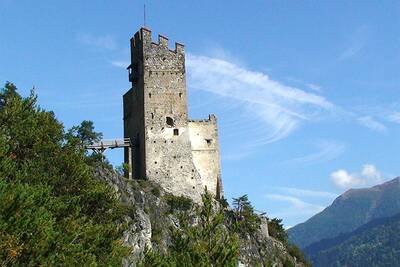
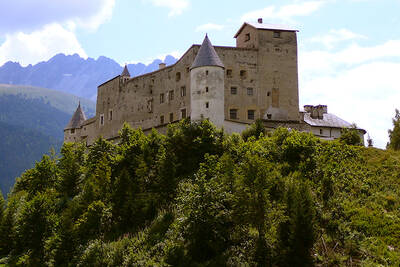
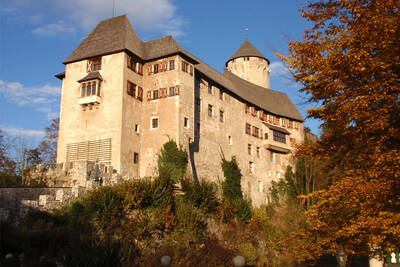
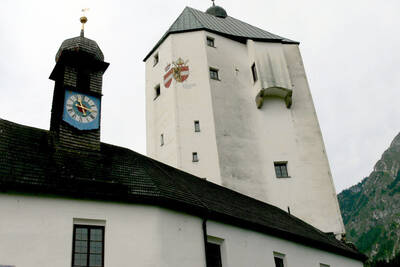
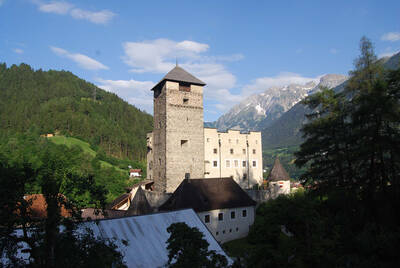
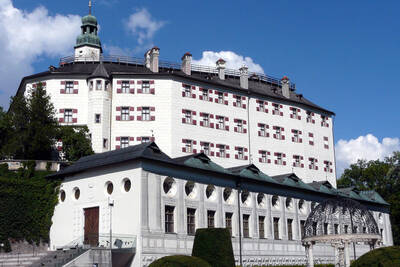

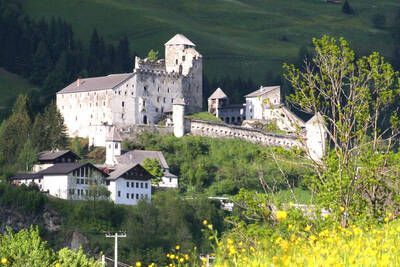
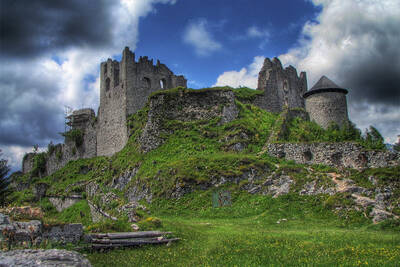
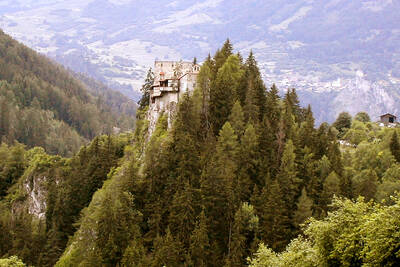
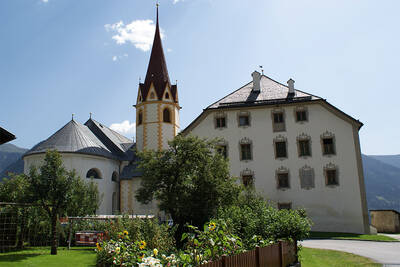
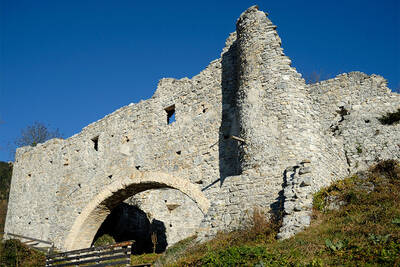
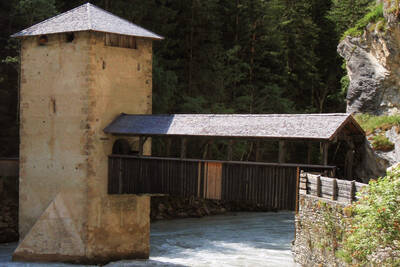
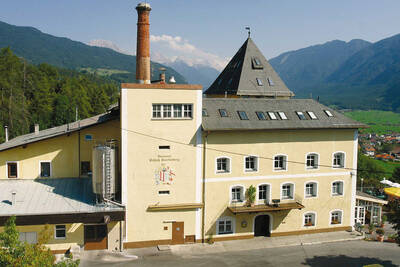
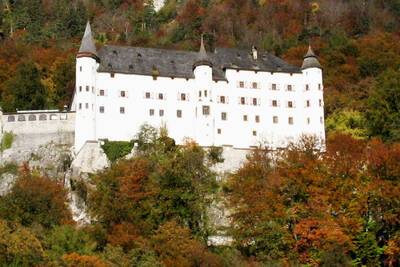
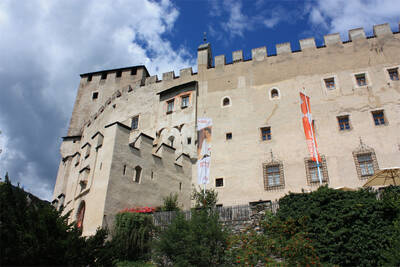
 More infos…
More infos…